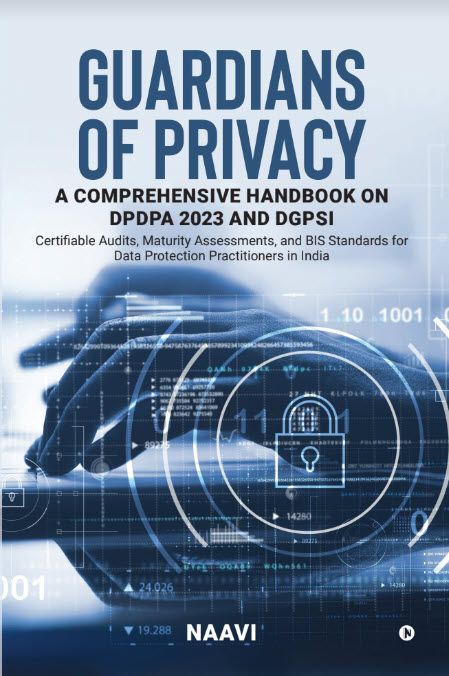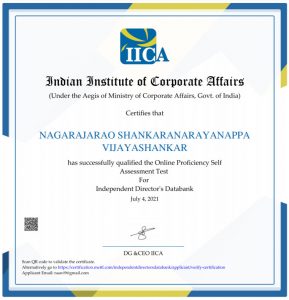After nearly 4 years of mysterious inaction, Government of India has now realized that the Cyber Appellate Tribunal (CAT) needs a Chair Person and called for applications.
It may be remembered that 0n 30th June 2011, Justice Rajesh Tandon demitted office after reaching super annuation. Subsequently Justice S.K.Krishnan, a retired Judge of the Madras High Court was appointed as a “Member” of CAT. Mr Krishnan was eligible for the post of Chair person and there was no reason to believe that he was good enough to be a member but not good enough to be the Chair person. In an absurd way of Government functioning, Mr Krishnan remained in the CAT office for about 9 months and went into super annuation as a “Member” who did not attend any hearing. During this time the Ministry headed by Mr Kapil Sibal had time to appoint a technical member to the CAT and a Head of Department of CAT. These two posts had little meaning int he absence of a functioning CAT.
After exhausting all avenues such as writing to the Minister of IT, Secretary of Ministry of IT, PM, President, Chief Justice of India, Rahul Gandhi, Sonia Gandhi etc., the non appointment was questioned in more than one Court. The Karnataka High Court was close to passing strictures on the IT department when finally the Kapil Sibal lead ministry gave an undertaking that they would fill up the post “Expeditiously” and the High Court was satisfied. During the proceedings, it was revealed that the Ministry had sent a recommendation which the Chief Justice had declined and the matter was left to rest there without an alternative name being suggested by the Ministry.
Despite the undertaking to the Court, the Ministry did not do anything for the appointment and soon the elections came and over took the Kapil Sibal ministry.
What is surprising however is that even after the new Government took over and the thrust on Digital India and E Commerce was announced, the ministry failed to take steps to fill up the CAT Chair Person’s post. The undersigned has been pursuing this literally from day one of Mr Ravi Shankar Prasad’s appointment but for reasons known to the department the matter remained unattended.
Some how now two major appointments are sought to be filled up by the IT Ministry. First is the Chair Person of CAT and the second is the post of the Director General of INDIA CERT, a position which was vacated by Dr Gulshan Rai again on attainment of super annuation. Now Dr Rai has been appointed as Chief of Cyber Security at the PMO and may be he has initiated the current moves to fill up both the positions of the Chair Person CAT and Director General IN-Cert.
The time given for receiving the applications is April 13 for the IN-CERT position and April 20 for the CAT position. The requirements are available here.
1. Director General of IN CERT
It would be interesting to see who will occupy these key positions which are critical for the Indian thrust for digitization. (See this article on Cyber Law Eco System).
In the meantime, Mr Rajesh Aggarwal who was one of the most active Adjudicators in India (as IT Secretary, Maharashtra) has been posted as Joint Secretary (Financial Services) at Government of India, Delhi and has been lost to the Cyber Law Eco System. The other person who contributed a lot as an Adjudicator was Mr PWC Davidar of Chennai who also got transferred because of a routine transfer of the AIADMK Government took over in TN.
At present there is no other active IT Secretary in India and hence the system of Adjudication is languishing.
I request the Government to immediately organize a training of all the IT Secretaries so that by the time the new CAT starts functioning, the support system would also be in place. Otherwise this will be the first task of the new Chair Person of CAT.
Naavi personally and Naavi.org wish whoever may occupy these critical positions all the best in their endeavour to stabilize the Cyber Law Eco System in India and assist the Modi Vision of a Digital India.
We know that it is still a wait upto around June for the appointments to be completed. But having waited for 3 years and 9 months, a wait of another three months is not too difficult for persons like us.
Naavi








